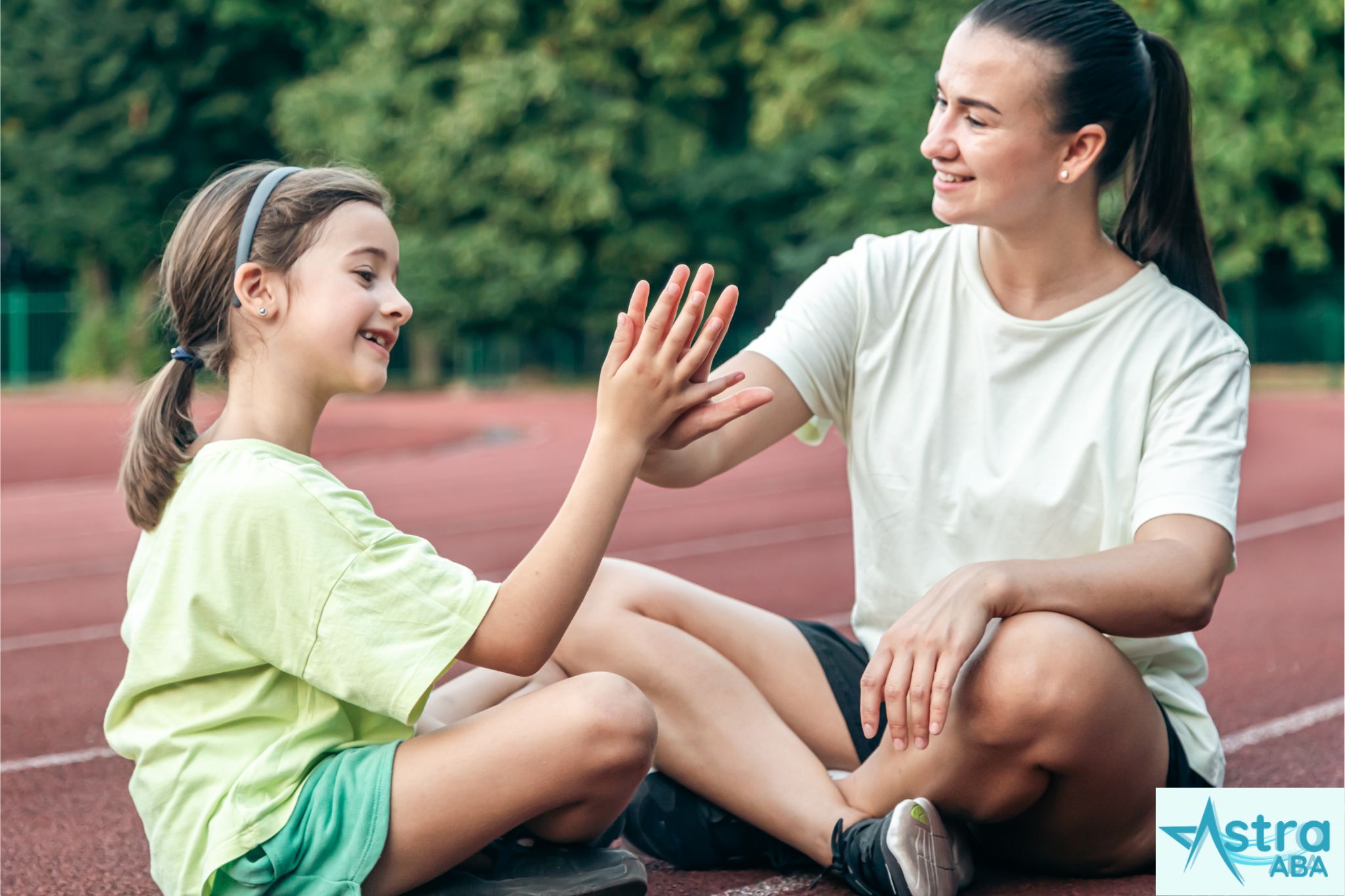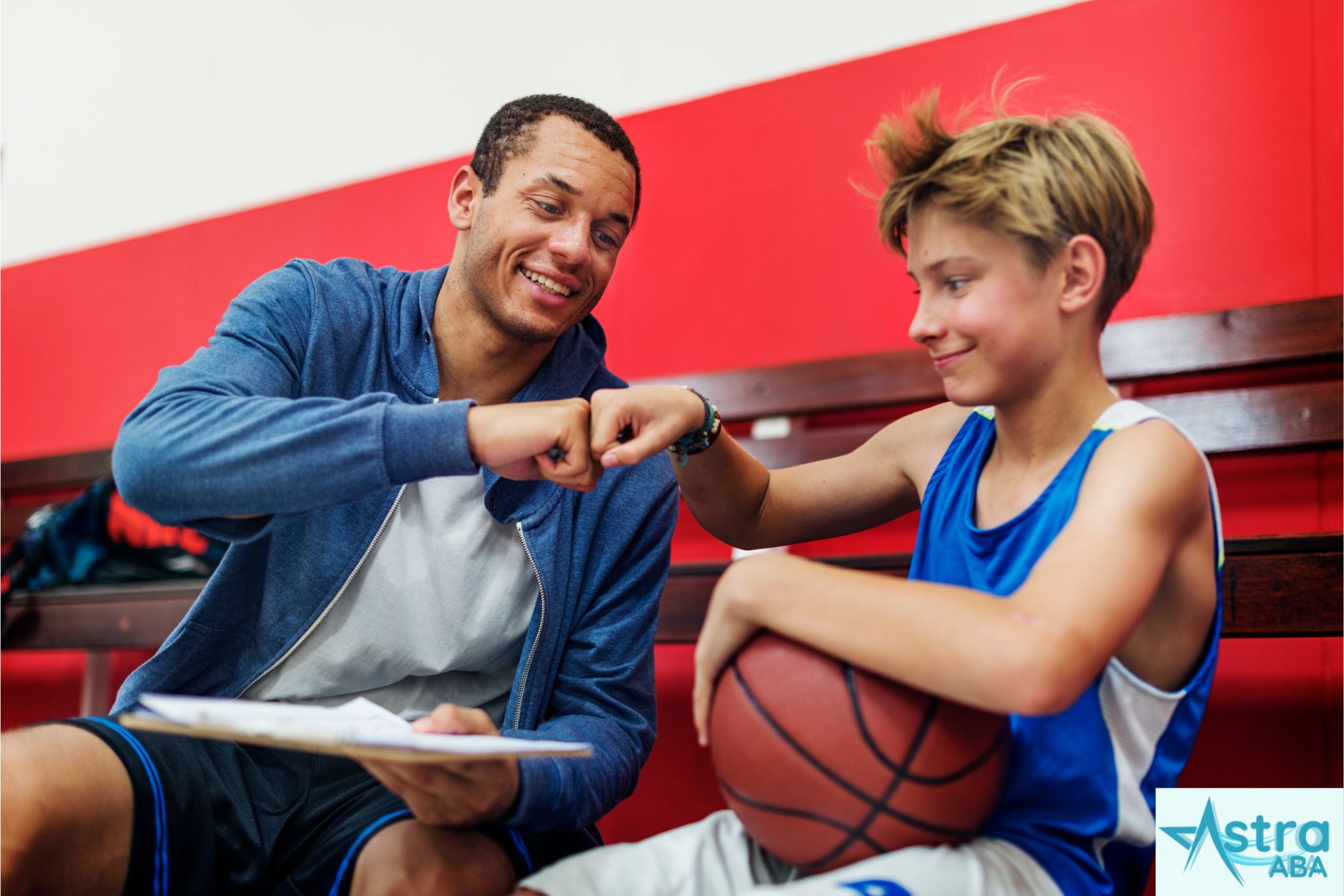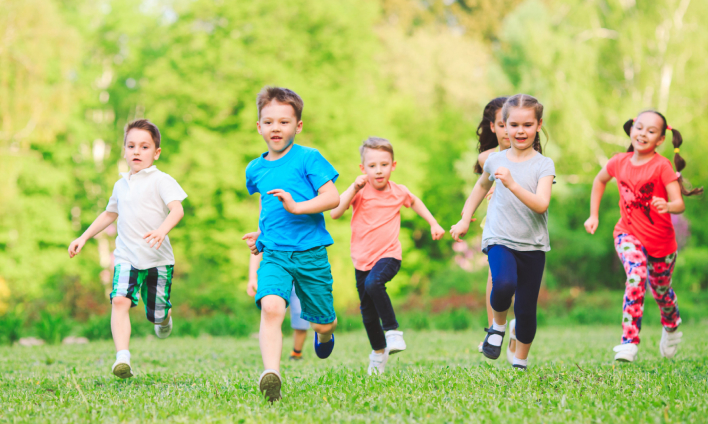How Physical Activity Can Support ABA Therapy Goals
Explore how sports for autism can support ABA goals like communication, self-regulation, and social skills. Learn which activities work best and why.
September 28, 2025
Key Points:
- Sports and physical activities can reinforce ABA goals like communication, turn-taking, and following directions.
- Structured physical activity benefits behavior regulation and social development in autistic children.
- Choosing the right program depends on the child’s strengths, sensory needs, and individual ABA objectives.
Parents and caregivers of children with autism often seek out ways to help their child grow beyond the therapy room, especially in everyday environments that promote inclusion and fun. Sports and physical activities are more than just outlets for energy. With the right structure and support, these programs can become powerful tools for reinforcing ABA therapy goals.
This article explores how sports and physical activity programs can be aligned with ABA strategies, providing real-life opportunities to build communication, social, and behavioral skills. Whether you’re just starting out or searching for better-suited programs for your child, the information below will guide you through integrating movement and therapy in a way that supports your child’s unique needs.
Why Movement Matters: Physical Activity and Autism
Children with autism often benefit from routine, structure, and clear expectations: qualities that many physical activities and sports naturally provide.
Research shows that regular physical activity can help improve attention, reduce stereotypical behaviors, and support overall mental health in children with ASD (source). Exercise may also promote better sleep, appetite regulation, and self-esteem.
But to truly support behavioral progress, autism and physical activity need to be aligned with therapeutic goals. That’s where ABA-informed sports programs come in.

Reinforcing ABA Goals Through Physical Activity
In ABA therapy, skills are broken down into manageable parts and taught using reinforcement, prompting, and repetition. These same teaching strategies can be applied in physical activities for autistic children.
Here are some common ABA goals that can be supported through sports:
- Following multi-step directions during drills or warm-ups
- Turn-taking and waiting in team-based games
- Imitating actions in group exercises or dance
- Accepting transitions and rule changes during a game
- Communicating wants and needs, such as asking for a break or requesting a specific piece of equipment
- Staying in designated areas during practice or structured play
Each of these goals can be woven into sports programs, especially when coaches or instructors are trained to use ABA principles.
Sports for Autism: What to Look For
Finding the right sports for autism means considering your child’s sensory preferences, social comfort level, and existing skill set.
The most supportive programs often include:
- Small group sizes for reduced sensory overload
- Clear structure and routines from start to finish
- Visual supports or schedules
- Predictable rules and consistent coaching
- Opportunities for repetition and practice
- Coaches familiar with autism or trained in behavior support
Some of the most accessible and beneficial sports and physical activities for autistic kids include:
- Swimming – Builds motor skills, focus, and body awareness in a low-impact environment.
- Martial arts – Reinforces discipline, following directions, and self-control.
- Yoga – Supports emotional regulation, calm breathing, and self-awareness.
- Track and field – Allows participation at an individual pace while still being part of a team.
- Gymnastics – Enhances motor planning and confidence, especially with task breakdown.
- Dance or movement therapy – Encourages imitation, creativity, and rhythm in a structured setting.
Connecting Physical Activity to ABA Sessions
One of the most effective ways to ensure sports and autism goals are aligned is by having ABA therapists collaborate with coaches or program staff.
For example:
- A therapist might develop a task analysis of a soccer drill and practice each step with the child in therapy before it’s introduced in the sports setting.
- ABA providers can help design a reinforcement system during practices, such as earning tokens for participating in each part of the activity.
- Therapists may also attend early sessions to model prompting and reinforcement for coaches or parents.
These supports ensure the physical activity isn’t just recreational, but also therapeutic.
Social Benefits of Physical Activity for Autistic Kids
Beyond physical health, sports offer unique chances to practice social interaction in a natural setting.
Sports for autistic kids can help develop:
- Joint attention (focusing on the same task as peers)
- Reciprocal play (passing, sharing, and taking turns)
- Functional communication (requesting, commenting, protesting)
- Conflict resolution (learning to accept rules, share space, and respond to loss)
These skills often overlap with social goals in ABA programs, making sports a perfect environment for generalizing what has been learned in therapy.
When progress in the clinic extends to the playground or gym, that’s when you know meaningful growth is happening.
The Role of Physical Activity in Self-Regulation
For many children, movement is a core part of managing sensory input and emotional arousal. Incorporating physical activities for autistic children into daily routines helps reduce meltdowns, improve transitions, and support better focus during learning.
Here’s how ABA goals connect to self-regulation:
- Physical activity can serve as a planned break or reinforcer after completing a non-preferred task.
- Specific movement-based coping strategies can be taught during ABA and used during sports or recess.
- ABA therapists can teach the child to ask for movement breaks instead of engaging in problem behavior.
This is where autism physical therapy overlaps with ABA, building muscle tone, coordination, and calming strategies while reinforcing communication and independence.

Finding or Building the Right Program
Parents often ask: "Where do I find a program like this?" or "What if nothing near me offers ABA-friendly sports?"
Here are steps you can take:
- Look for adaptive or inclusive sports programs through your local parks department or YMCA.
- Ask your ABA provider if they offer community integration goals or support in recreational settings.
- Talk to instructors ahead of time about your child’s needs and the use of reinforcement and prompts.
- Start small, such as attending only the first half of a practice or focusing on one task.
- Use visuals, timers, and clear routines to help your child feel prepared and successful.
If you can’t find a formal program that fits, consider creating a small group of families working on similar skills and hiring a coach familiar with ABA concepts.
When ABA Meets Movement: Real-World Skill Development
When movement, play, and therapy intersect, children gain the chance to practice life skills in a real-world context. Sports for autism becomes more than just participation; it becomes an opportunity to develop resilience, teamwork, confidence, and independence.
With support from parents, therapists, and community partners, children with autism can engage in sports that are not only accessible but deeply rewarding.
Movement as a Meaningful Extension of ABA
Sports and physical activity programs offer more than physical benefits. They provide hands-on opportunities to generalize ABA skills like communication, turn-taking, and behavior regulation - skills that are often difficult to teach in isolation.
By integrating ABA principles into sports settings, children with autism can make measurable progress in a setting that feels natural and enjoyable. Whether it's swimming laps, joining a dance group, or learning martial arts, these experiences become powerful tools for growth.
If you’re already invested in your child’s ABA therapy, adding structured movement into the mix may be the next step in creating a well-rounded, supportive path forward.
Looking to align your child’s recreational interests with their therapy goals? At Astra ABA, we specialize in ABA therapy services designed to support real-life development for children with autism.
Whether you're interested in integrating physical activity into your child’s therapy plan or looking for strategies to support generalization into the community, our team is here to help. Astra ABA proudly serves families in Indiana, North Carolina, and Kansas, offering individualized plans that prioritize meaningful progress.
Reach out today to learn how ABA therapy in your area can support your child's success, both in therapy and beyond the clinic.
Related Content
Liked this article? Check out these related posts to learn even more!






Ready to start your journey with ASTRA ABA?
Contact us today for a consultation and let us be a part of your child's path to success.
Get In Touch













